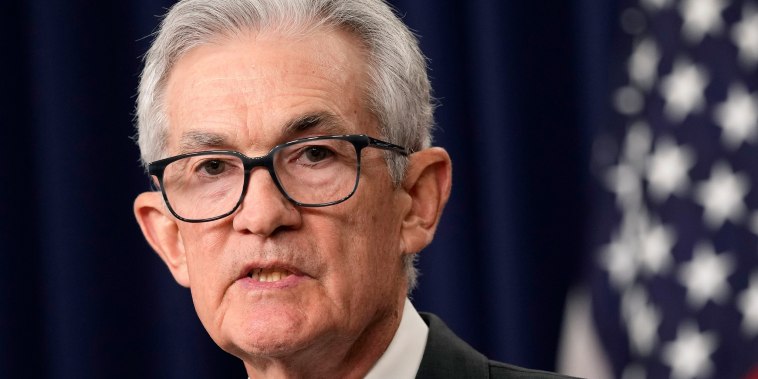The Federal Reserve (Fed) plays a pivotal role in the U.S. economy, with its decisions on interest rates having far-reaching impacts on various sectors. Recently, there has been considerable debate regarding the Fed’s strategy of keeping rates higher for longer. While some view this approach as overly cautious and potentially detrimental to economic growth, there are several reasons why this strategy may not be such a bad thing.
One of the key arguments in favor of the Fed’s decision to maintain higher interest rates is its potential to curb inflation. Inflation occurs when prices rise across the board, eroding the purchasing power of consumers and creating economic instability. By keeping rates higher, the Fed can help prevent runaway inflation by slowing down spending and borrowing, thereby maintaining price stability in the economy.
Moreover, higher interest rates can also incentivize saving and investment, which are crucial for long-term economic growth. When interest rates are low, borrowing becomes cheaper, leading to increased consumer spending and borrowing. However, this can also lead to excess debt and asset bubbles, as individuals and businesses take on more risk in search of higher returns. By keeping rates higher, the Fed can encourage responsible borrowing and investment practices, which ultimately contribute to a more stable and sustainable economic environment.
Additionally, higher interest rates can have a positive impact on the value of the U.S. dollar. A stronger dollar makes imports cheaper and exports more expensive, which can help reduce the trade deficit and support domestic industries. This can be especially beneficial for sectors that rely heavily on exports, such as manufacturing and agriculture, as it makes their products more competitive in international markets.
Furthermore, maintaining higher interest rates can also help build resilience in the financial system. Low rates can encourage excessive risk-taking and leverage, making the economy more vulnerable to shocks and downturns. By keeping rates higher, the Fed can prevent the build-up of systemic risks and promote a more stable and sustainable financial system.
In conclusion, while the Fed’s decision to keep rates higher for longer may face criticism from some quarters, there are valid reasons to support this strategy. From curbing inflation and promoting responsible borrowing to strengthening the value of the dollar and building financial resilience, higher interest rates can have a range of positive impacts on the economy. By carefully balancing the need for economic growth with the imperative of stability, the Fed’s approach underscores its commitment to fostering a healthy and robust economic environment for all stakeholders.



